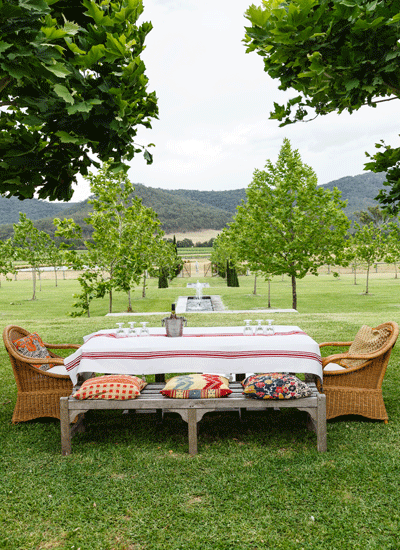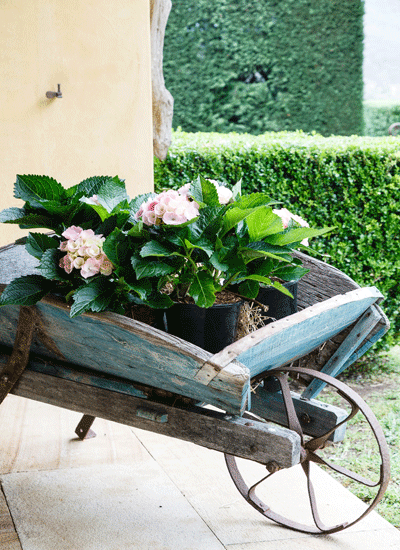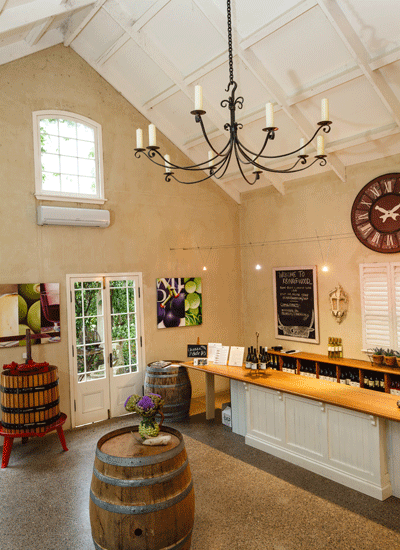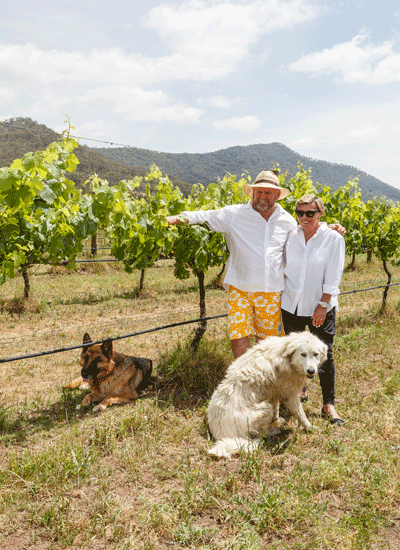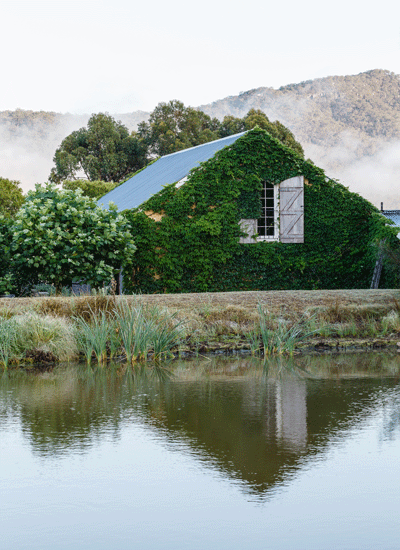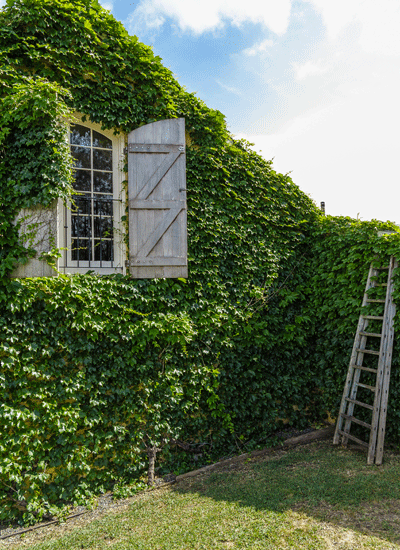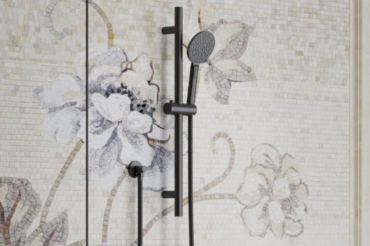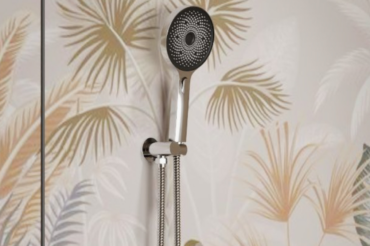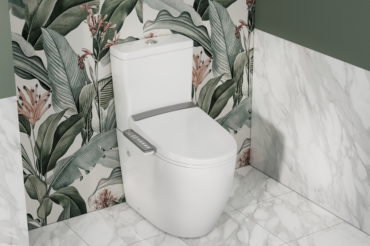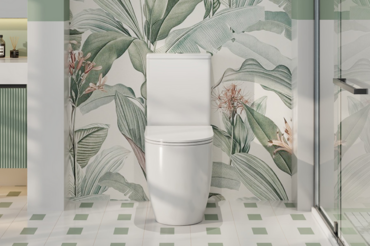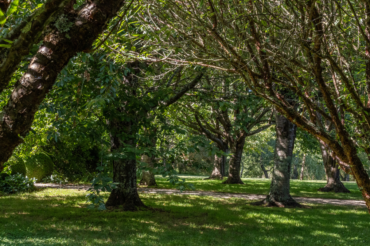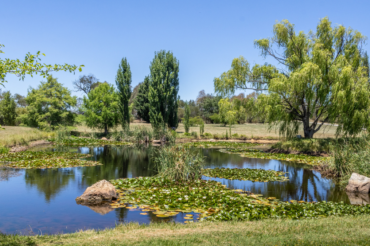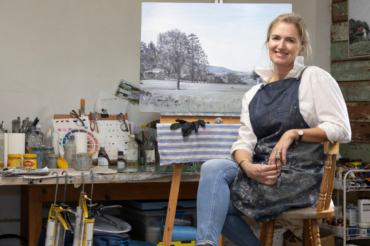The sign on the cellar door says it all: “Please leave the winery lights off and the music on.” Peter Windrim, winemaker and son of Rod and Suzanne Windrim, founders and owners of Krinklewood vineyard and winery in the Broke Fordwich region of the Hunter, nods his assent. “Biodynamics is all about good intentions and vibrations,” he says. “So we always play music while the wine is fermenting.” Biodynamics is also all about the cycle of life, and visitors to Krinklewood get to experience that first-hand. From treating the farm as a living, breathing organism and getting the soil just right with the administration of preparations synced to the phases of the moon and the planets, to acknowledging that every animal on the farm has a role to play, Krinklewood is a thriving object lesson in the sustainable approach to agriculture developed by Austrian philosopher Rudolf Steiner in the 1920s.
The inclusiveness even extends to the peacocks, which Suzanne candidly admits wail like banshees and perch on everything, not to mention poo everywhere. “However, they are just beautiful to have around the place,” she says. “They make you feel good, so we bought a Gerni.” In fact, it was the “good feeling” of a weekend in the Hunter that brought the Windrims to the area in the first place. “In 1977, we were invited up by friends during the May school holidays,” Rod recalls. “The morning mists, the beautiful mountains, the open fires … we were sold. We bought land at Pokolbin the following year and planted our first vineyard in 1981. In 1989, we moved to another property at Wollombi, which is where we established our Limousin cattle herd. But we missed having ready access to water, so in 1987 we found this property, moved here and planted a 48-acre (19-hectare) vineyard.”
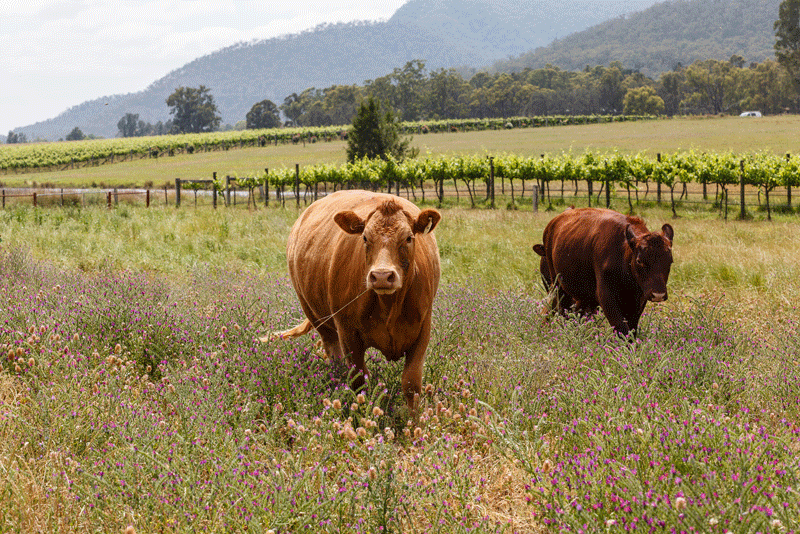
A builder with a passion for heritage architecture in a former life, Rod devoted the better part of two years to building the house and adjacent winery and tasting area. He cheerfully confesses he was strongly influenced by the colonial Georgian bungalow design of the Sydney heritage homestead at Elizabeth Farm, but added a mishmash of other historic house influences to build his dream home. The details are revealing, as only a trained builder or heritage aficionado might notice the lambs’ tongue mouldings on the glazing bars or the elaborate design of the cornices. While the house was Rod’s pet project, Suzanne took over in the garden and commissioned “the queen of the parterre”, landscape designer Annie Wilkes, to design the garden. “Annie never thinks small,” says Suzanne. “It took four weeks with a bulldozer to level the grounds so we could have the water feature running down to the main gates.” It was also Annie’s idea to have the plane trees shielding the house from the often fierce summer heat, and shedding their leaves to allow precious sunlight in during the equally extreme colder months. Sculptures, enclosed gardens, gravel pathways and copious Virginia creeper shrouding the outbuildings lend a French provincial air to the property, which suits the family well as they have enjoyed extensive travels to the French and Italian countrysides. Although they initially ran the vineyard and winery conventionally, Rod and Suzanne became increasingly interested in more sustainable farming practices.
Inspired by viticulture and Steiner courses, they started introducing biodynamics to the vineyard in 2002 and were officially certified in 2007. The proof, as they say, is in the pudding … or, in this case, in the bottle. As would be expected of a Hunter Valley winery, Krinklewood’s Shiraz and Semillon varieties have won accolades at wine shows all over the country. Its Chardonnay, Verdelho, Francesca rosé and sparkling blanc de blanc have not escaped attention either and have attracted awards and warm comments from wine writers and the tasting public. For the Windrims, it is a heartening endorsement of their vineyard and winery practices, which, at best, were regarded as experimental and, at worst, fringe loony.
“Our primary focus is building life in the soil,” explains. Rod. “Once the soil has the right biology, the rest takes care of itself. The fungi and bacteria exchange nutrients with the plant. There is no way you can do it artificially as chemicals kill all the good stuff along with the bad. When the plant has its own balanced nutrition, it has the ability to fight off fungus and disease. If it hasn’t, nature’s garbage collectors [grubs and moths] come and attack it. Biodynamics is not only about farming the soil, it’s about diversity. So everything we grow, from our Limousin and Red Poll cattle, Southdown sheep, Berkshire pigs, horses and geese, to ti tree along the creek, vegies in the garden and bees in the hives, has a role to play, whether it’s weeding, providing manure or just bringing a lovely energy to the place. We compost with manure; in fact, we make hundreds of cubic metres of compost.”
When Australian Country visited, the vineyard was postcard perfect. There were cattle and sheep grazing between the vines with their lush early-summer canopy. Rod explains that canopy management is another important element of biodynamic vineyards, as it is important to have plenty of aeration to keep the vines healthy and bug-free. “It’s all part of a holistic approach,” he says. “Initially, everyone told us it wouldn’t work and that we’d just been lucky because there’s been a long drought. Finally in 2008, we had lots of rain and that put us to the test … that was the throw-it-in or march-on vintage. We used a compost tea to predate the downy mildew. We sprayed it out … and it worked. All of a sudden, I felt I could put my hand up and say ‘We are biodynamic’.”
To read more about one of Australia’s premier biodynamic vineyards, pick up the February/March issue of Australian Country magazine, available for order and online now!
Words: Kirsty McKenzie
Photography: Ken Brass

